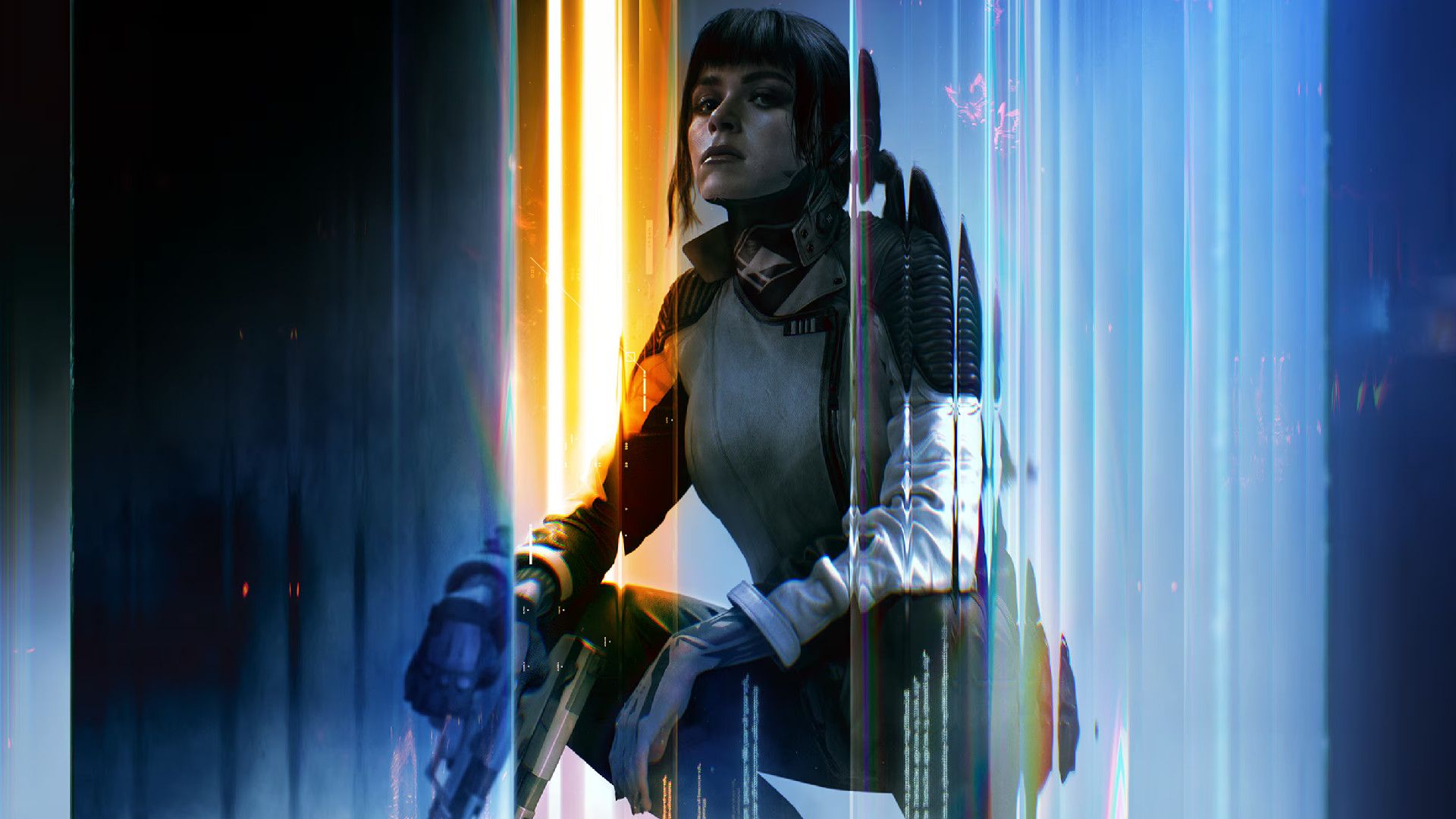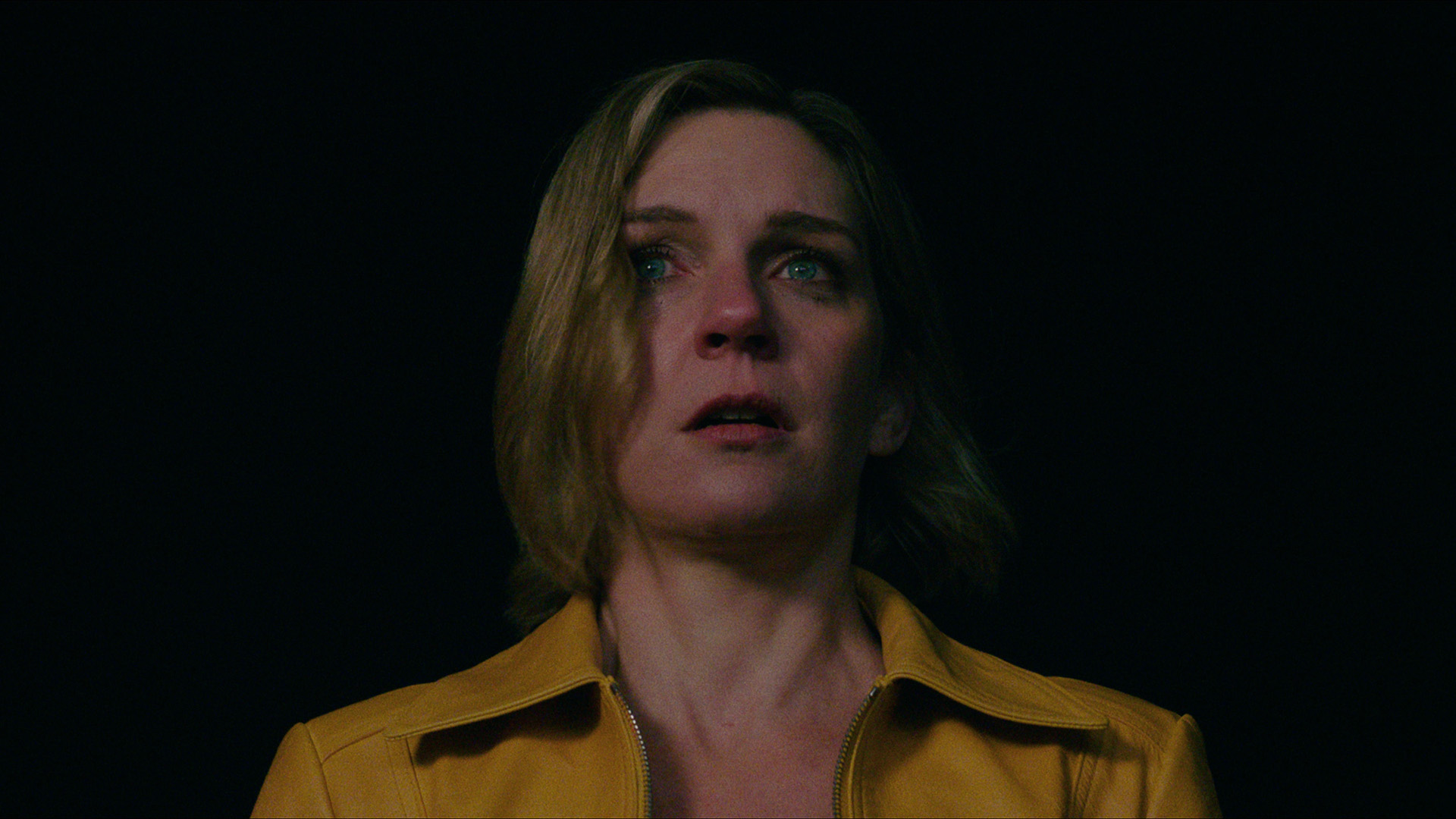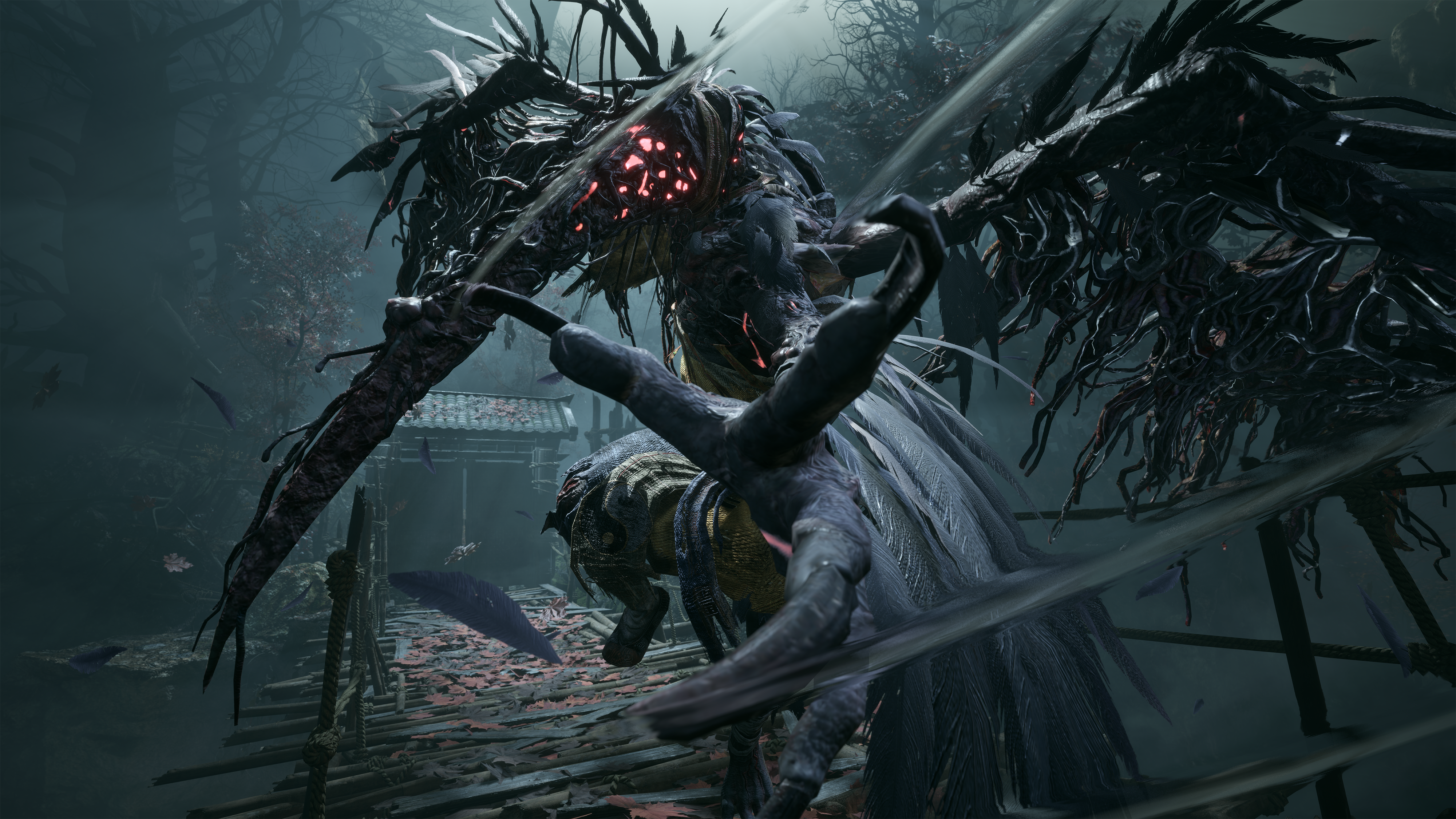
Whether it’s the dungeon cell in Northern Undead Asylum or an operating table in Iosefka’s clinic, we’re used to waking up in mysterious circumstances, trying to make sense of where we are. Our introduction to Wuchang fits this mould – at least, it does at first. The eponymous heroine awakes in a dark cave, illuminated only by the candles arranged along the base of an enormous statue of the Buddha. Following the daylight to the exit, though, the gorgeous vista that welcomes us – green mountains and forest – has more in common with Link’s first view of Breath Of The Wild’s Great Plateau than the dark fantasy world we might have expected. This is Worship’s Rise, the game’s starting area, and it’s only after wandering between friendly citizens and temples that we encounter any hostility. You’d hardly suspect there was a deadly plague sweeping the land, but appearances can be deceiving: beneath this veneer of serenity, chaos is brewing. The game’s director, Xia Siyuan, sums it up in plain, blunt English: “Surprise, motherfucker!”
We’re in Chengdu, the capital of China’s Sichuan region, to visit Leenzee, the studio co-founded by Xia in 2016 – and to become the first western publication to play Wuchang: Fallen Feathers, the game it’s hoping will be its breakthrough hit.
We find the studio at a critical point in development, right between the game’s alpha and beta. That may explain how busy things are. Xia just about hides his fatigue, as the studio founder juggles multiple other roles, from producer to CTO. While walking past rows of team members at their workstations, we notice the prominence of neck pillows, and as we leave the studio after sunset, more staff appear to be just arriving for their shifts. (We’re told that late hours – but late starts – are the norm, a preferable arrangement particularly during hot summer days in a part of the country where air conditioning isn’t common.)
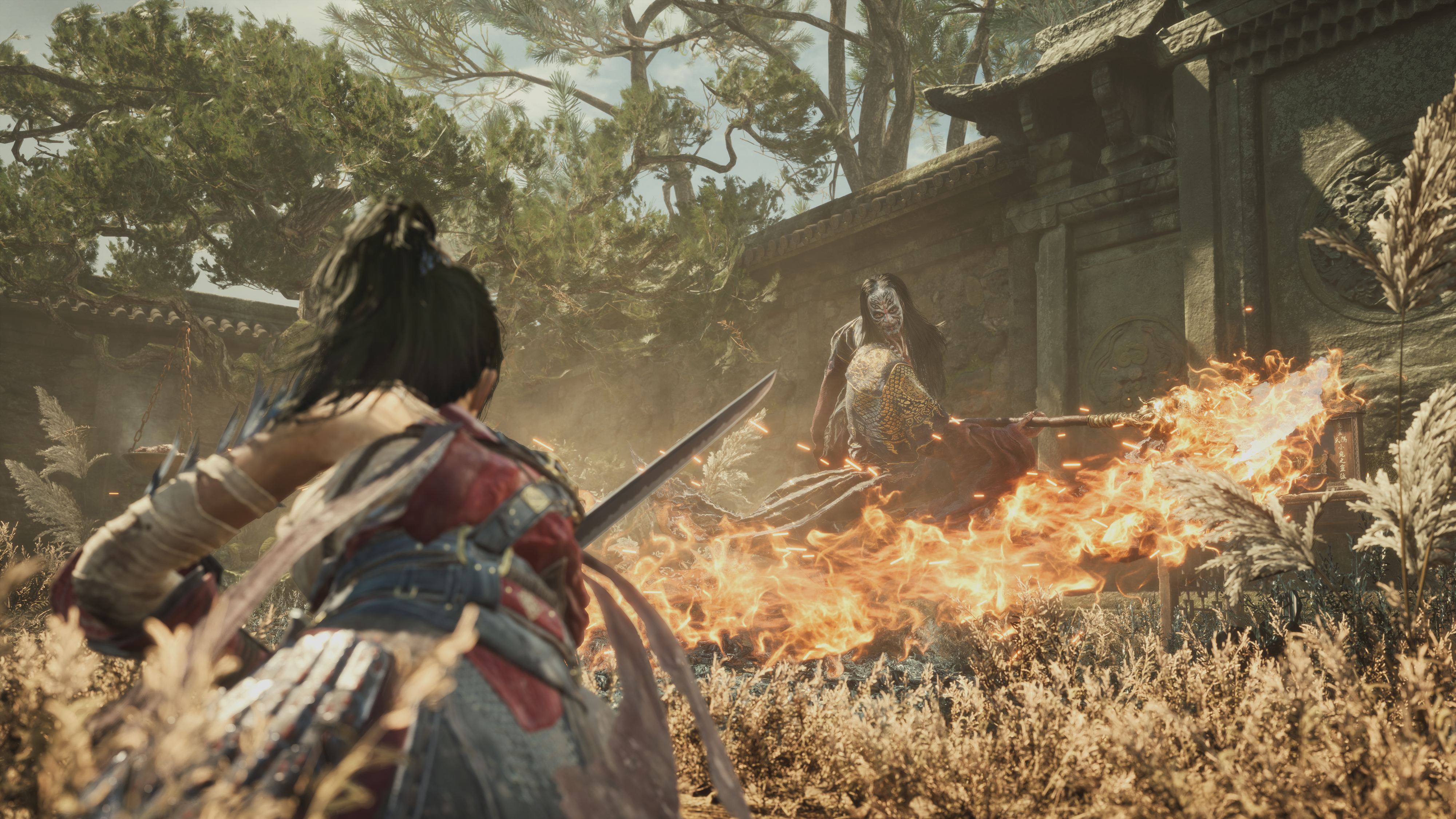
Leenzee is just one of a new wave of Chinese developers with the ambition and expertise to make games with lavish production values that put them on an even footing with triple-A studios in the west. The obvious precedent here is GameScience’s Black Myth: Wukong. Both games are hardcore FromSoftware-influenced action RPGs with a culturally Chinese twist, both announced with substantial realtime, in-engine gameplay footage, as if preempting any scepticism about the region’s ability to compete in this arena. Of course, Black Myth was a global success, selling ten million copies in its first 24 hours and beating even Elden Ring and Cyberpunk 2077’s peak concurrent player count on Steam at launch. It’s a precedent that Xia, and Leenzee, naturally seem keen to follow.
Such games, though, are just the tip of the iceberg when it comes to China’s growing influence in videogames. Chinese tech giants Netease and Tencent have been investing heavily in game development in recent years – albeit mostly across the sea, in Japan. Tencent has stakes in PlatinumGames, FromSoftware parent company Kadokawa Corporation, and Slitterhead developer Bokeh Game Studio, while Netease acquired Grasshopper Manufacture in 2021 and established Nagoshi Studio, led by former Sega veteran and Yakuza creator Toshihiro Nagoshi, the following year.
But some of the decade’s biggest hits have actually hailed from developers within China’s borders. 2024’s Infinity Nikki, from Suzhou-based Papergames, amassed 20 million downloads in its first week, while Shanghai’s MiHoYo has launched a three-pronged assault with Genshin Impact, Honkai: Star Rail and Zenless Zone Zero, all of which attract players in the tens of millions. Even with the console glow-up these games have enjoyed, however, China’s mobile gacha gaming roots show through in their free-to-play nature and an emphasis on lucrative random drops. Leenzee is breaking away from this tradition, as its goal has always been to make “quality premium” games.
That’s been true since the company was founded in 2016, under the name Recano. “At the time, there was no such unicorn [in China],” Xia says. “No Capcom, Naughty Dog or Square Enix – so we think there’s definitely a great potential for us to be the very few in that elite.” At its founding, though, the studio was focused on “interactive movies and VR games on PC, which at the time seemed very promising,” Xia explains. That resulted in cyberpunk narrative thriller AD 2047, but even before that game’s eventual 2021 release it was clear that the VR market was more of a niche opportunity than had been expected. “Devoting all our resources in VR was a big investment, with ups and downs. At some point, it was not very profitable, so of course we had to look for other revenue streams, such as outsourcing and servicing.”
Weekly digests, tales from the communities you love, and more
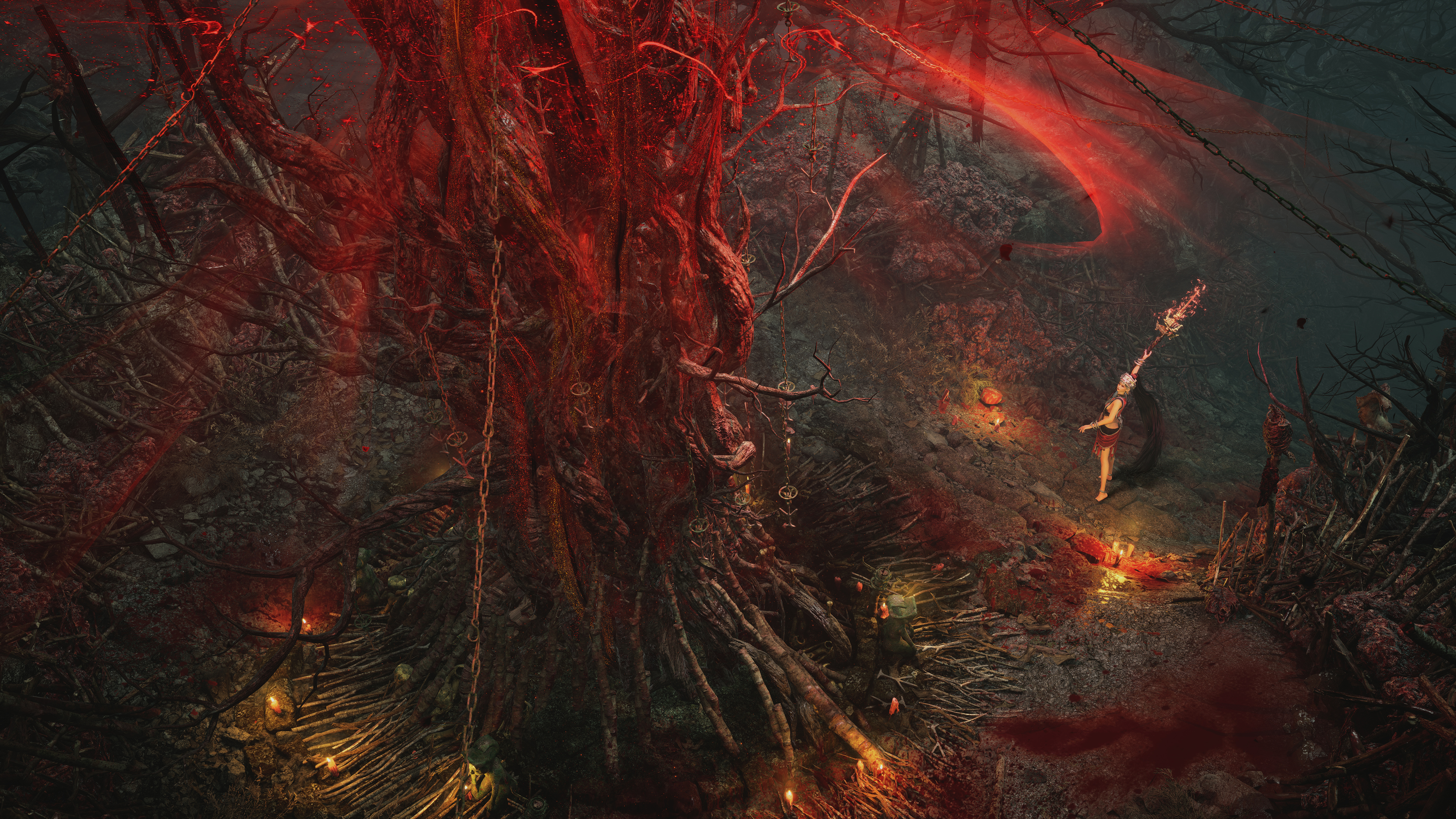
With a domestic industry predominantly aimed towards mobile and low-spec PCs, outsourcing was previously the main opportunity for high-end development in China. Chengdu, where Leenzee is based, has long been a hub for satellite studios including Ubisoft, 2K and porting house Virtuos. Xia wasn’t satisfied with contract work in outsourcing as a longterm option, but it did have benefits as a learning experience. “Every company has their own process and procedures, and we worked with a lot of companies,” he says. “So we realised that, as an outsider, we can see how different processes and procedures may help and then apply it to our own team management.”
Thanks to its PCVR endeavours, Recano was one of few companies in China to have mastered Unreal Engine at the time, setting it up for a pivot to console development, as it returned to making its own games. That was accompanied by the rebrand to Leenzee, a name that can be translated to ‘rain that nourishes all things on Earth’.
Of course, a successful harvest requires not just rain but fertile soil. In Leenzee’s case, that means the rich local history it has to draw on. “I grew up here – I’ve been soaked in this rich culture for my whole life,” Xia says of Sichuan province. “I’ve been indulged with the rich local opera, which also tells the old stories and legends over again. There’s a lot we can study firsthand. That’s why we believe we have all the advantages to start our own story.”
Wuchang’s tale is set in 17th-century Sichuan, during the late Ming dynasty, a time of great upheaval and change, from the beginning of trade with European empires and the arrival of thermal weapons, to widespread famine and the Great Plague. The latter seems like a potential parallel to the affliction overtaking the game’s setting – and protagonist. If we hadn’t already noticed the blue feathers sprouting from Wuchang’s left arm, a scholarly figure we meet inside the Reverent Temple confirms it with a diagnosis. This sprouting plumage, as well as her memory loss, are symptoms of the Feathering Disease, an incurable affliction that, over time, can lead to insanity (akin to Dark Souls’ Hollowing) or, worse still, transforming into something monstrous.
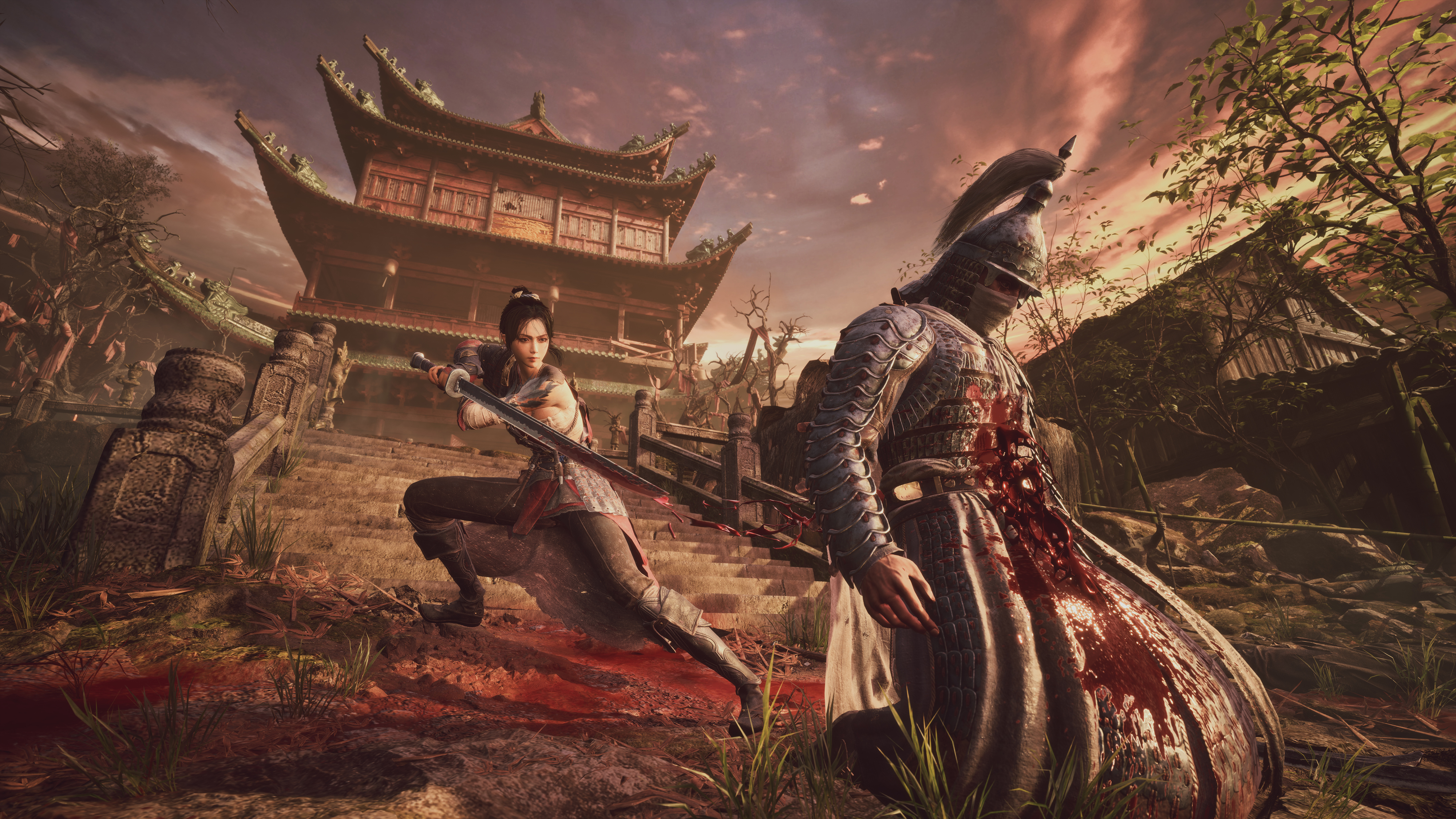
Xia is keen to avoid drawing parallels between the fictional Feathering Disease and any historical precedent. “The game is more about a phenomenon,” he says. “Because we witness this in every dynasty, every transition. It's always about a chaotic incident or phenomenon. It's really about how dark and chaotic the end of a dynasty is.”
One real-life inspiration for the Feathering Disease, however, is an archaeological site north of Chengdu, Sanxingdui – ‘Three Star Mound’. Discovered in the 1980s, archaeologists have excavated artefacts here carbon-dated to the Bronze Age, coinciding with the ancient Shu kingdom (it might be worth noting that the first location Wuchang is asked to find is a temple named Shu Sanctum, which later becomes the game’s main hub). Among the sculptures and masks dug up at Sanxingdui are representations of a feathered man, possibly alluding to Xian, immortal beings in Chinese folklore, not dissimilar to the Biblical depiction of angels. So perhaps Wuchang’s equivalent is not necessarily a blight. “This Feathering Disease is not all negative,” Xia clarifies. “Wuchang can be influenced by the spirit to gain new powers and she can change the course of life. But, obviously, sometimes you can also get negative influence. It’s about balance.”
The latter is more on show in the game’s opening, however, as we exit the Reverent Temple and find other refugees quarantined in tents just outside. Heading out to the courtyard, meanwhile, we find a large, bloody claw mark on the ground, suggestive of the monstrous transformation that awaits. But for now, the threats are rather more mundane, human, even frail – a few nearby enemies don’t even have full health bars.
When we cross paths with a friendly NPC, we’re warned that the visible feathers may provoke people to attack on sight, and so we find ourselves in a situation familiar from everything from Bloodborne to Resident Evil 4: the outsider, faced with a baying mob. This time, though, we can’t help but wonder if Wuchang herself might be the real danger here. Not least because the source of our first weapon after waking is a mysterious entity draped in cloth known only, ominously, as the Inner Demon.
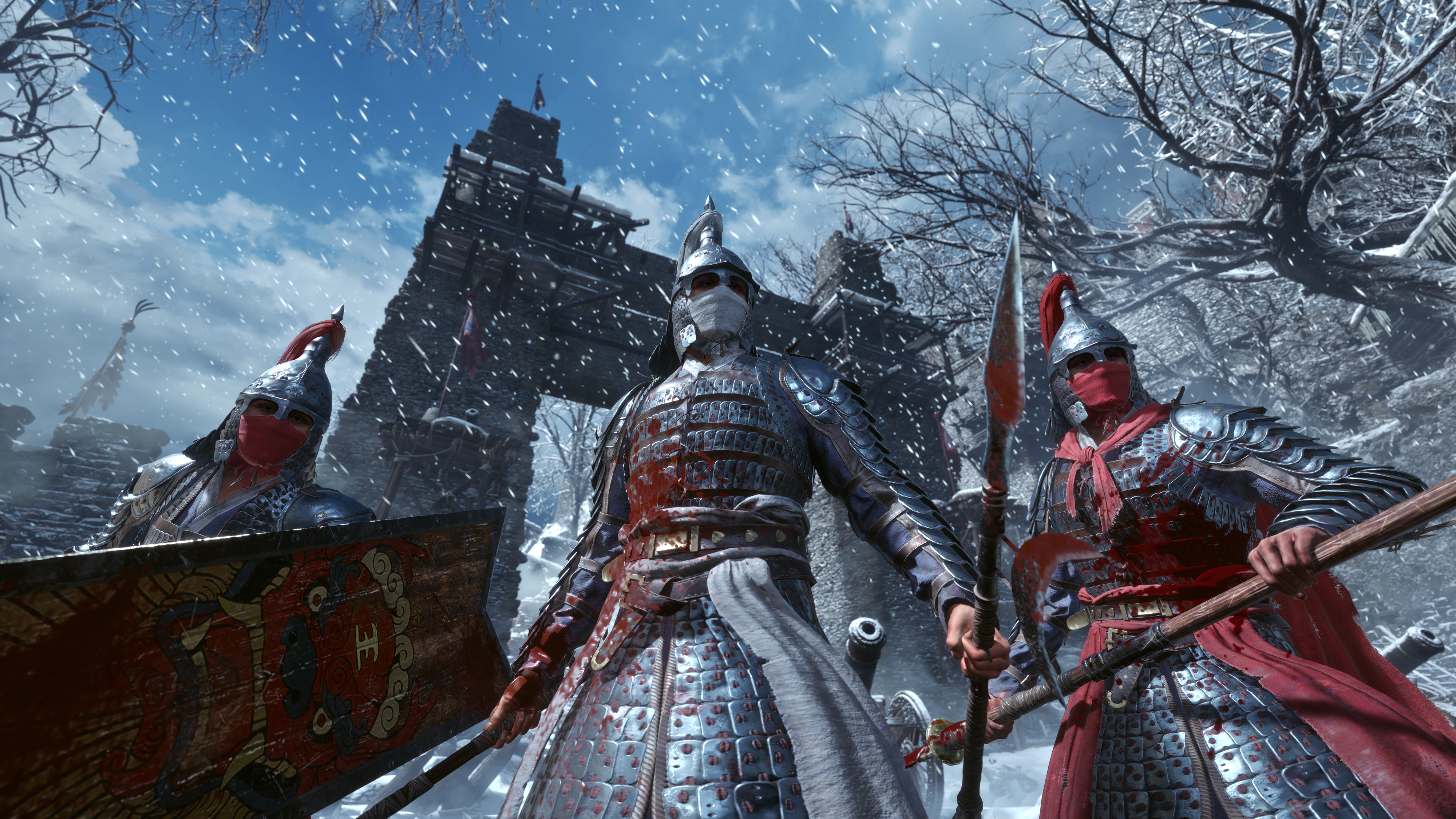
That weapon, Cloudfrost’s Edge, is at odds with the serene bamboo forests of Worship’s Rise, which immediately conjure up classic wuxia films. 1971’s A Touch Of Zen is a noted reference point, as it was for Crouching Tiger, Hidden Dragon and House Of Flying Daggers. But here you’re armed not with the kind of swift one-handed blade associated with those martial-arts heroes, but rather a weighty longsword, held in both hands, almost dragging on the ground beside you. There’s an aspect of historical accuracy at work here: such single-edged longswords, or changdao, were not only used during the Ming dynasty, but were also a weapon of choice for both elite vanguard soldiers and coastal pirates – a hint, perhaps, at the mystery of Wuchang’s own origins.
This is all indicative of Leenzee’s more realistic approach to combat, with every in-game action based on motion capture. Dropping in on its capture studio during our visit, we find the suited-up performer in a more sedate session, one that doesn’t involve violence. Nonetheless, Xia turns to us, half-joking: “She can kill you in five seconds.”
In-game, Wuchang’s movements are notably grounded – literally so, given the absence of a jump button. There’s a heft to the swings of her sword that recalls Dark Souls, a comparison also invited by the heavy attack charged by holding down the right trigger, the need to keep a careful eye on the stamina meter, and the Red Mercury currency used for purchasing items and levelling up, dropped upon death. The FromSoftware game’s influence is apparent too in Wuchang’s environments. Unlike the mission-based level design of Nioh or the comparatively linear structure of Black Myth’s semi-boss rushes, here we explore a labyrinthine, interconnected world, coming up against gates locked from the other side and snaking along paths that reveal unexpected shortcuts to an earlier area. The game will consist of five chapters, each taking you to an area with a distinct culture and aesthetic (we sample one such environment that we’ve been asked not to describe, but we can say that it abandons bamboo forests for masochistic status-ailing environmental design that would make Hidetaka Miyazaki cackle with glee), but Xia confirms that it’s possible to traverse seamlessly between areas.
Where Wuchang diverges from the FromSoft formula, however, is in defensive play. Naturally, with both hands on the sword hilt, Wuchang has no shield to hide behind, but nor is there a dedicated parry button. As in Black Myth, dodging is your primary defence. In fact, timed perfectly, a dodge will cause Wuchang’s feathered arm to begin glowing, indicating that you can make use of Skyborn Might, the powers bestowed by her Feathering Disease.
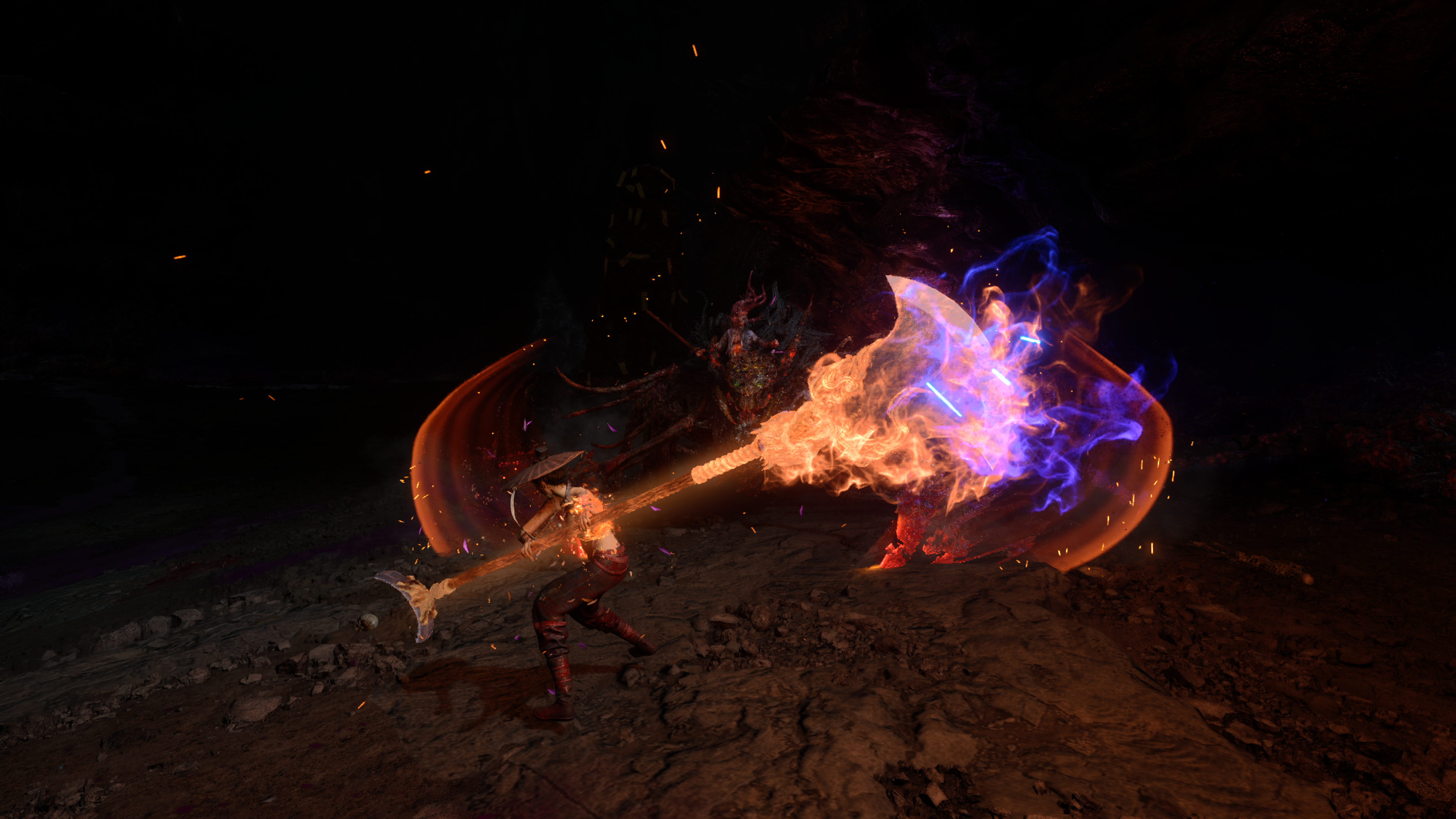
Skyborn Might is broken up into a weapon skill, exclusively tied to the one we currently have equipped, and discipline skill, based on the weapon type but open to be changed. It’s here that we begin to sample the degree of depth Wuchang has to offer. Picking up a corpse’s halberd, we discover that blocking is, in fact, possible – it’s the default discipline skill for axe weapons, and can be enhanced so that a perfect block will completely negate any damage. Or, for those preferring to stay on the offensive, blocking can be swapped for another discipline learned via the Impetus Repository accessible from altar checkpoints.
Examining the branches of this skill tree gives a taste of the variety in weapons, from long-reaching spears to swifter dual blades and, for more of that wuxia-style showboating, a one-handed sword. Each can be honed with defensive or evasive skills which have no Skyborn Might cost, and with powerful offensive techniques that may require more than one charge of it. It also turns out parrying with our longsword is possible, after all, as a discipline that’s unlocked farther up the skill tree, while adjacent nodes offer further enhancements, such as following up a parry by knocking down an opponent for a counter attack. Even more invaluable is a skill that powers up Skyborn Might after connecting the second hit of a combo – a welcome relief for players struggling with perfect dodging. “Our design is to attract wider users,” Xia explains. “We encourage players to switch weapons and upgrade the skill tree with different skill combinations. We don’t want to give a perfect sequence of answers but encourage players to explore and figure things out.”
That design mentality is also evident in the way Red Mercury can be refined into skill points, alleviating anxiety over dropping any of the former (although players who wish to spend it elsewhere will still face a dilemma over hoarding the currency). Crucially, skill points can be reset at any time, giving you the option to spend those skills on another weapon type’s branch instead. Since we can swap quickly between two weapons, it may make sense to balance unlocking skills between two branches, but again there’s a tradeoff: would you rather dive deeper, sooner into a single weapon type’s skills?
With these possibilities lighting up our synapses, it’s time to approach the game’s first boss: Dhutanga, a bandit leader we find admiring a picture of a famous opera performer. Indeed, his design is inspired by Chuanju, a Sichuan style of opera, from his mask to the way he sings as he comes at us with thrusts from his spear. It’s all exquisitely soundtracked by strings and cymbals, typical instruments in this style of opera, building into a crescendo in his fiery second phase.
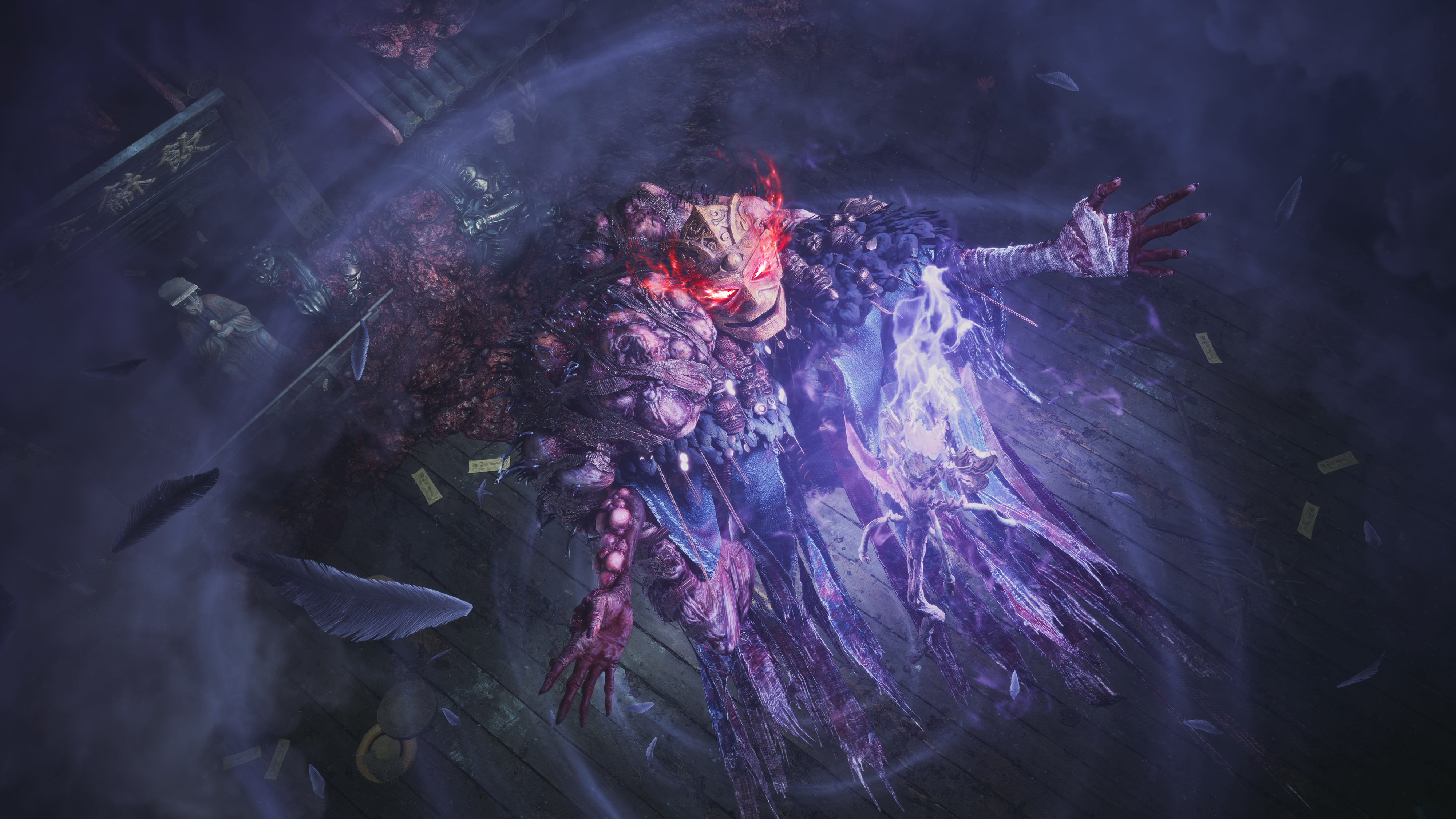
If Xia’s comments about reaching a broader audience might have suggested a game without the sharp edges we’ve come to expect of the genre (an impression backed up by the rank-and-file starting fodder Wuchang throws our way), that notion is quickly knocked out of us in a hard-hitting boss fight. And, indeed, by the various environmental deaths that precede it: an ill-judged dodge that carries us out of the path of an enemy’s attack but over a treacherous cliff, the unintentional comedy of death from daring to step into even the shallowest stream.
In Taoism, though, death is but a cycle. Accordingly, in place of the usual ‘You died’, the screen displays a red seal, the kind used to ward off evil spirits in Taoist magical practice, whisking Wuchang back to the last altar visited. There is a cost to failure, though. With each death, Wuchang’s madness meter fills, eventually manifesting as a red glowing mark on the nape of her neck. Her attacks are stronger now, but she’s also more susceptible to damage.
The mark also summons the Inner Demon, who haunts the spot where we fell, and who we must defeat in order to retrieve the Red Mercury dropped on death. Intriguingly, this spectre attacks not only Wuchang but any nearby enemies. Xia teases that more will be revealed as the story continues, but for now we’re pleased to discover they can be an ally as well as a threat – though don’t expect them to help with boss fights. Die to Dhutanga, or any of his successors, and the fog gate acts as a seal, keeping out the Inner Demon and leaving you in this heightened state until the boss has been beaten. “We’re encouraging players to go into combat with that high level of madness,” Xia says.
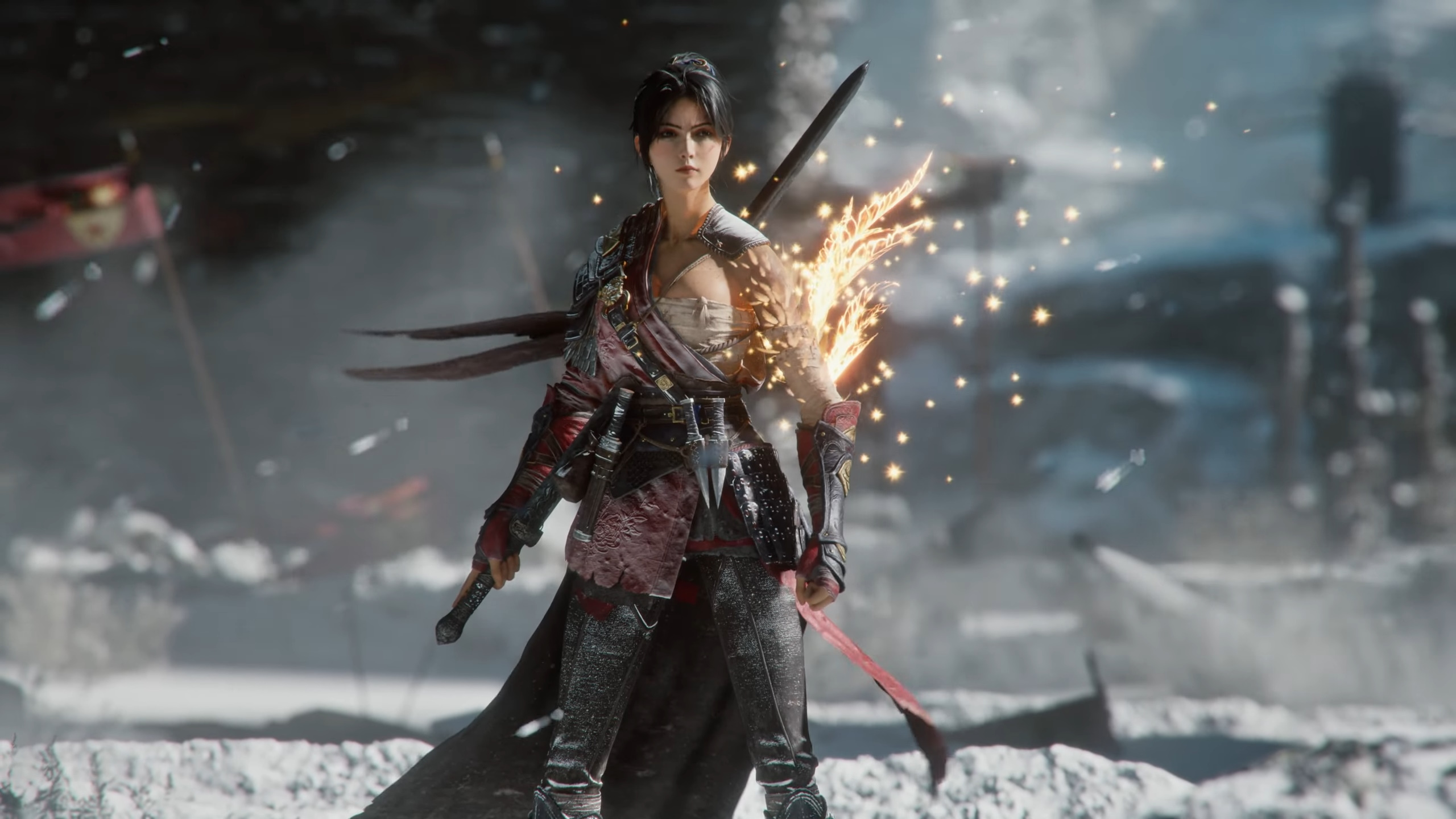
Having experienced a significantly larger slice of the game during our visit than we’re currently able to discuss, we come away with the sense of a studio confident in the quality of what it has produced. The only caveat mentioned during our English-language demo is that its script is far from being finalised, with more time required to faithfully localise the deliberately poetic Chinese dialogue typical of such period pieces.
Leenzee feels emboldened by Black Myth’s success, Xia tells us. “It’s not so much a pressure – it actually gives a lot of positive signs and a lot of confidence in our future,” he says. “This market has been validated, so it’s not about how many competitors we have, but how collectively we are making this system better so that everyone can benefit. More importantly, for us internally, it proves 100 per cent that it was the right decision to start Wuchang, and that it’s on the right track.”
There’s a serendipity, perhaps, to be found in the name of this game and its heroine: Wuchang can mean impermanence, or changing destiny. (A hint, too, that the game will include multiple endings.) A false start in VR and a brief pivot to outsourcing have given Leenzee the tools it needs to take on the world, and in the meantime its home country has awoken to global development, beyond free-to-play mobile games. As for the prospect of Leenzee landing a Black Myth-level hit of its own? Well, Xia would surely relish another opportunity to break out his colourful opening statement.
This article originally appeared in Edge Magazine. Looking for more soulslikes? Check out our games like Dark Souls list!
I'm a freelance games journalist who covers a bit of everything from reviews to features, and also writes gaming news for NME. I'm a regular contributor in print magazines, including Edge, Play, and Retro Gamer. Japanese games are one of my biggest passions and I'll always somehow find time to fit in a 60+ hour JRPG. While I cover games from all platforms, I'm very much a Switch lover, though also at heart a Sega shill. Favourite games include Bloodborne, Persona 5, Resident Evil 4, Ico, and Breath of the Wild.

